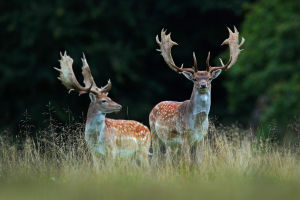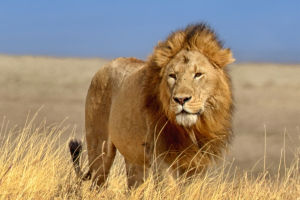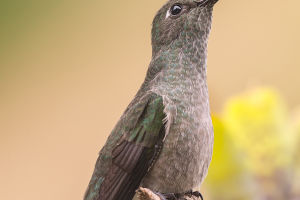The common buzzard (Buteo buteo) is one of Europe’s most widespread and recognizable birds of prey.
Known for its adaptability and striking appearance, this medium-sized raptor is a dominant presence in skies and countryside alike, symbolizing power and grace.
Physical Characteristics
The common buzzard varies greatly in appearance, with plumage ranging from dark brown to pale, often with mottled patterns.
Size: Adults have a wingspan of 110-150 cm (43-59 inches) and weigh between 400-1400 grams (0.9-3 pounds).
Distinctive Features: Their broad wings and fan-shaped tails make them easily distinguishable during flight. Their sharp, hooked beaks and powerful talons are adapted for tearing prey.
Habitat and Range
The common buzzard thrives across Europe, parts of Asia, and northern Africa.
Preferred Habitats: It favors open landscapes, including farmland, woodlands, and grasslands, but can also be seen in urban edges.
Range: Migratory populations travel southward in winter, while some remain in their territories year-round.
Diet and Hunting Behavior
As opportunistic predators, common buzzards feed on a diverse range of prey:
Primary Diet: Small mammals like voles, rabbits, and rodents.
Secondary Diet: Birds, reptiles, insects, and carrion.
Hunting Style: They are often seen soaring high, scanning for prey, or perched on trees and poles. Their patience and precision make them effective hunters.
Behavior and Communication
Flight Patterns: Common buzzards are known for their effortless gliding and soaring, often performing spiraling displays during courtship.
Vocalization: Their distinctive, mewing call can often be heard echoing across valleys, especially during the breeding season.
Territoriality: Buzzards are territorial and will defend their hunting grounds from other raptors.
Breeding and Lifecycle
Mating Season: Buzzards form monogamous pairs and often return to the same nest each year.
Nest Construction: They build large nests in trees or rocky cliffs, using sticks and lining them with softer materials.
Chicks: After laying 2-4 eggs, the female incubates them for about 33-35 days. Chicks fledge at around 6 weeks but remain dependent on their parents for some time.
Ecological Importance
The common buzzard is vital for maintaining ecological balance:
Pest Control: By preying on rodents, they help regulate their populations in agricultural areas.
Scavenging Role: Feeding on carrion aids in ecosystem cleanup.
Fun Facts About Common Buzzards
Buzzards can live up to 12-15 years in the wild.
Their plumage can vary significantly even within the same population, making them one of the most variable raptors.
They are sometimes mistaken for eagles due to their large size and soaring habits.
Lykkers, let the common buzzard inspire you with its adaptability and keen vision. Whether soaring high or perching patiently, this bird teaches us the value of focus and balance. Observe it in the wild and marvel at its role in nature’s intricate web.
Things you need to know about BUZZARDS!
Video by A Shot Of Wildlife


